Want succulents like Aloe Vera? Check out this amazing list of Plants that Look like Aloe Vera But are Not!
Are you a fan of the Aloe Vera plant and looking for something with a similar aesthetic? Look no further! We’ve got a list of Plants that Look like Aloe Vera But are Not. From the striking Haworthia to the exotic Agave, these plants will add a touch of greenery to your space without the hassle of Aloe maintenance.
Check out Amazing Aloe Vera Benefits Proven In Studies
Plants that Look Like Aloe Vera But are Not
1. Agave

Botanical Name: Agave
The Agave has sharp, spiky leaves ranging in color from green to blue-green. The leaves are arranged in a rosette pattern around a central stem.
Here are Types of Agave Plants to Grow
2. Ariocarpus

The Ariocarpus is a small cactus with a flattened shape. The color of the cactus is usually green or gray-green. It has a small number of ribs that run vertically along the body.
3. Bergeranthus
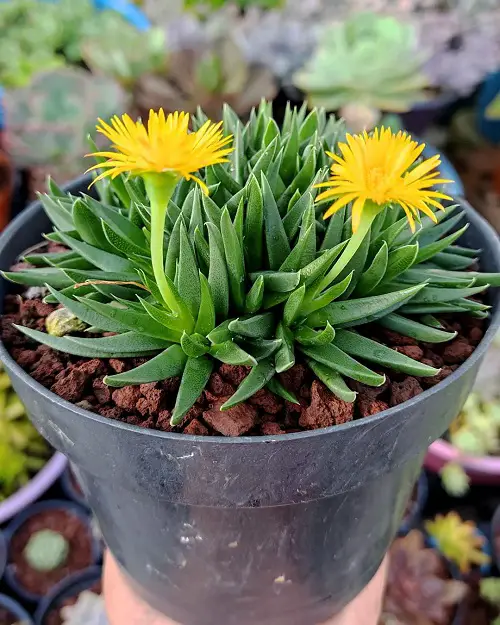
The Bergeranthus is a small, low-growing succulent that forms a rosette of leaves. The foliage is usually green, although some varieties may have red or purple tints.
4. Dryland Bromeliads
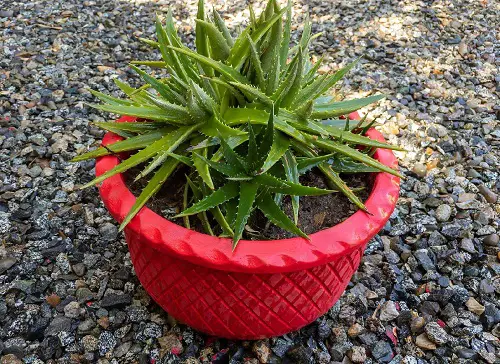
Botanical Name: Bromeliaceae
Dryland Bromeliads are popular for their spiky, colorful foliage, which ranges in color from green to red, with some varieties having variegated leaves.
Here are the best Bromeliads you can grow indoors
5. Tiger Jaws
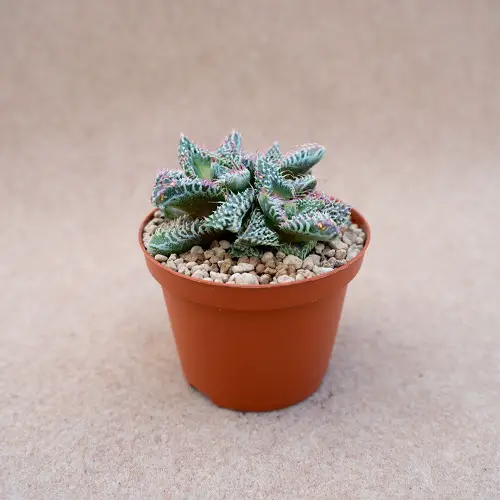
Botanical Name: Faucaria
Tiger Jaws have a unique, tiger-like pattern on their green leaves, although some varieties may have red or yellow tints.
Here are Plants that Look like Animals
6. Ox Tongue Plant
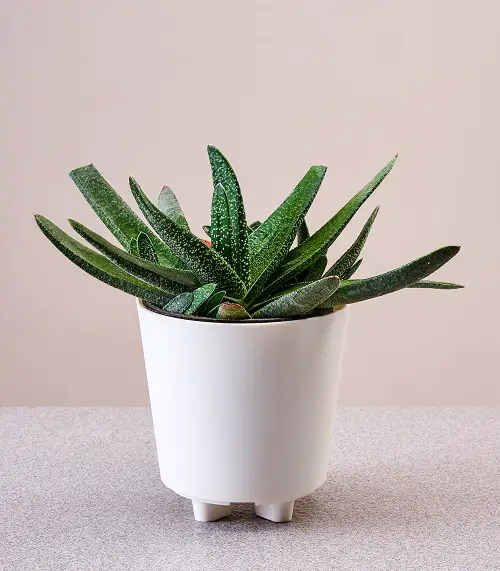
Botanical Name: Gasteria
The Ox Tongue Plant is an excellent Aloe alternative; it features thick, fleshy leaves and brightly covered flowers.
7. Zebra Cactus
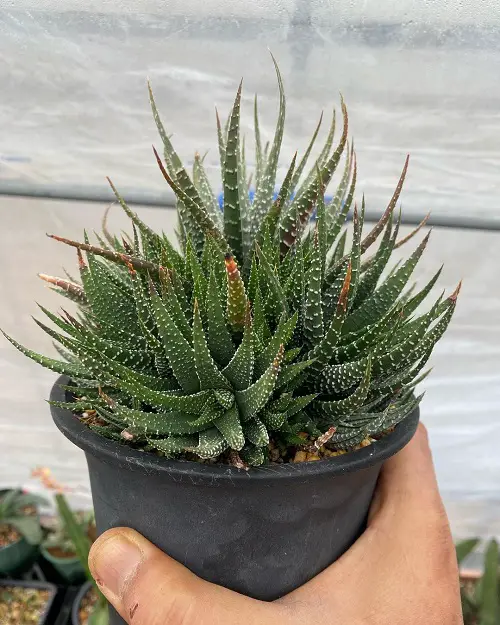
Botanical Name: Haworthia
The Zebra Cactus has distinct white stripes on the green foliage. They are small to medium-sized plants and may produce small, bright flowers.
Learn about the Different Types of Zebra Plant Varieties
8. Hechtia
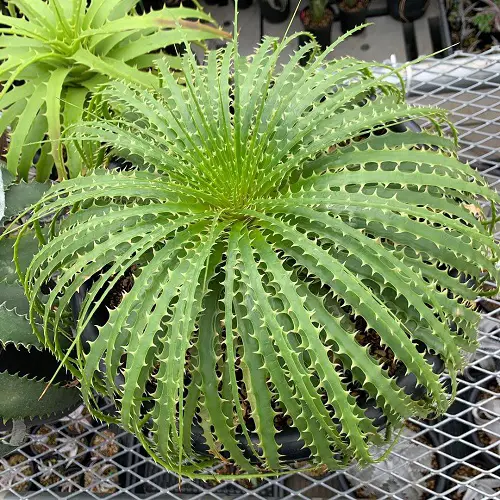
Botanical Name: Hechtia
The Hechtia has rosettes of stiff leaves that are typically green or gray-green in color. The edges of the foliage have sharp spines.
9. Pineapple Plant

Botanical Name: Ananas comosus
The elongated, spiky leaves of this plant look a lot like the growth pattern of aloe, but it produces a fruit that emerges from the center of the plant.
Learn What is Pink Pineapple and How to Grow It
10. Snake Plant

Here are the Best Tall Snake Plant Varieties
11. Carrion Flower

The Carrion Flower has thick, fleshy leaves that resemble Aloe, with a unique characteristic of having a strong and unpleasant smell.
Check out the Best Flowering Cactus Plants
12. Yucca

Botanical Name: Yucca
The Yucca has a rosette of spiky leaves that resemble Aloe. It is a drought-tolerant plant that can survive in a variety of climates.
Take a look at Succulents With Long Stems
13. Red Hot Poker Aloe
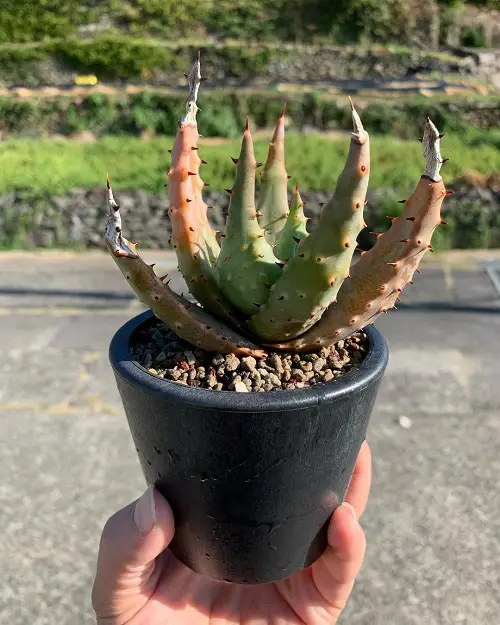
The Red Hot Poker Aloe has spikes of red leaves like an aloe. The plant is a hybrid between the Aloe and the red hot poker plant, which gives it its name.
14. American Century Plant
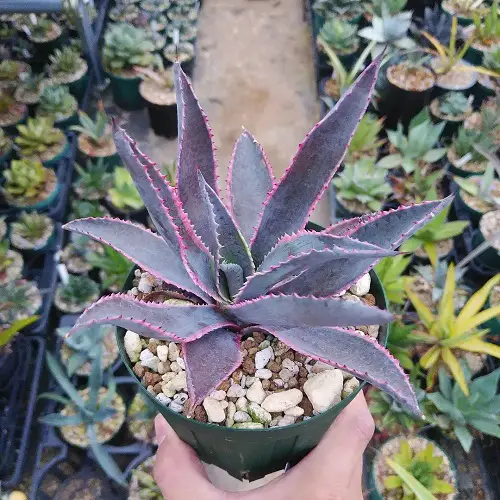
The American Century Plant has a large rosette of leaves and can grow quite large, reaching up to 6-8 feet tall.
Check out these Beautiful Succulents that Look Like Roses
15. Uitenhage Aloe

Uitenhage Aloe displays large, thick, fleshy leaves that can grow up to 2 feet tall. It also produces spikes of orange blooms in favorable conditions.
16. Tiger Tooth Aloe
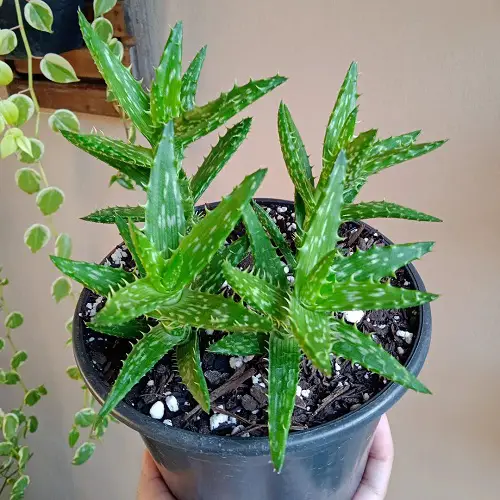
Here are the Best Aloe Varieties For Containers
17. Sansevieria Hybrid
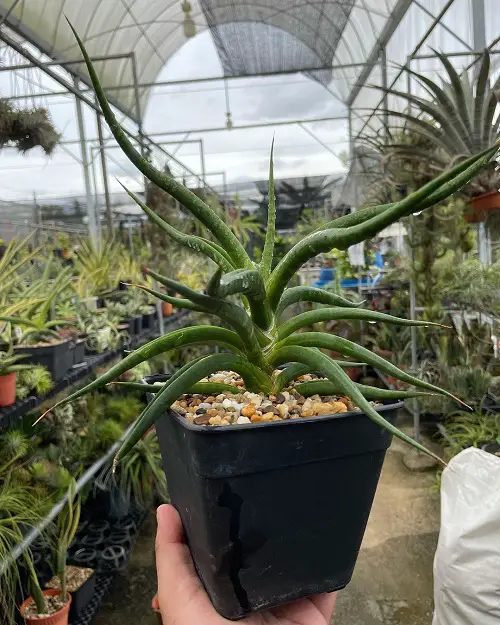
Botanical Name: Sansevieria Francissi
Native to tropical Africa, the plant has long, strappy leaves and a beautiful appearance that makes it an extraordinary Aloe alternative.
Learn everything about Whale Fin Sansevieria Care
18. Sawblade Plant
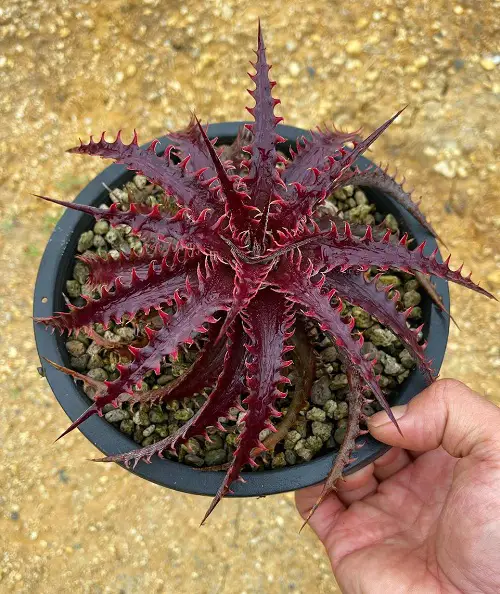
Botanical Name: Dyckia
19. Whale’s Tongue Agave
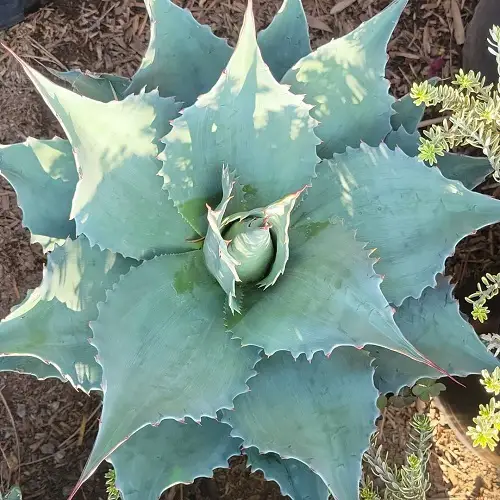
Botanical Name: Agave ovatifolia



Have you seen a Royal Agave before? I saw one at my local nature conservatory last week and they are HUGE and so neat! Thanks for the great article!